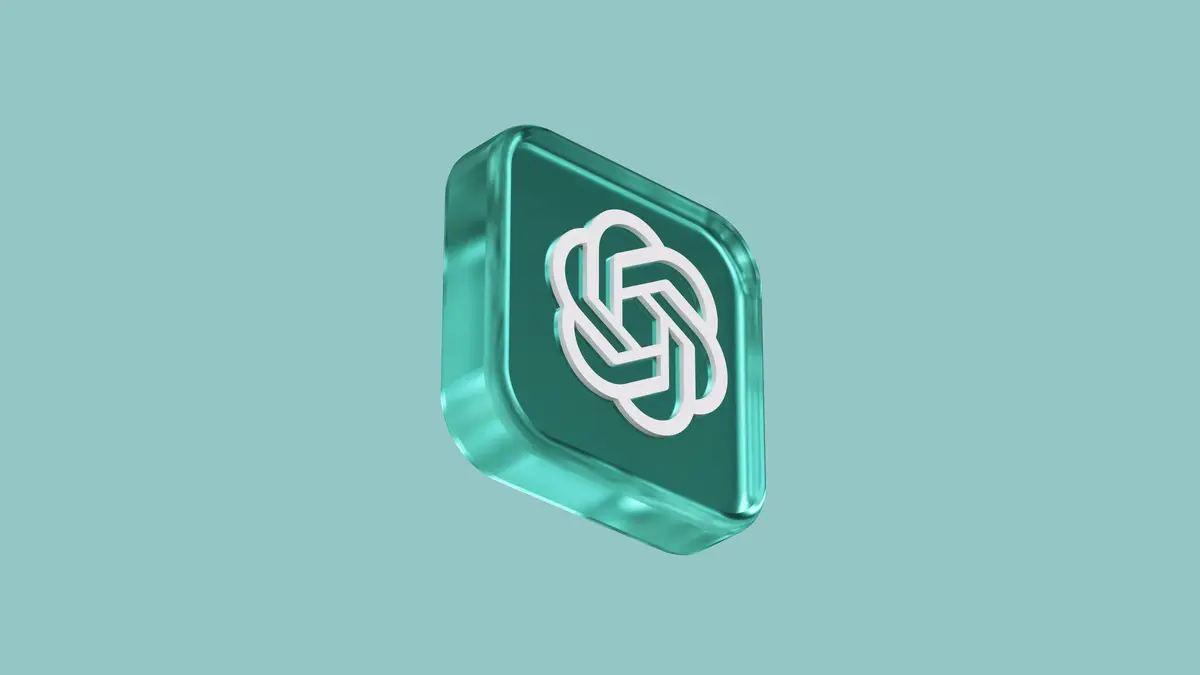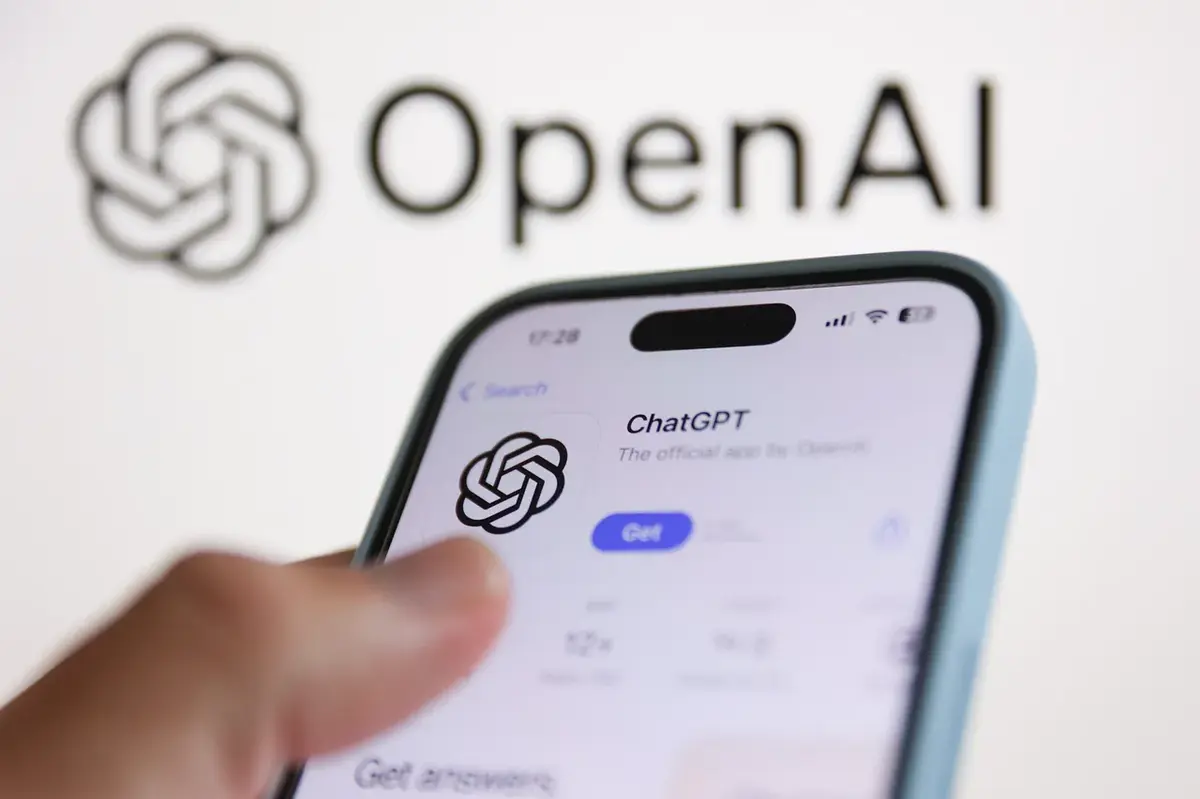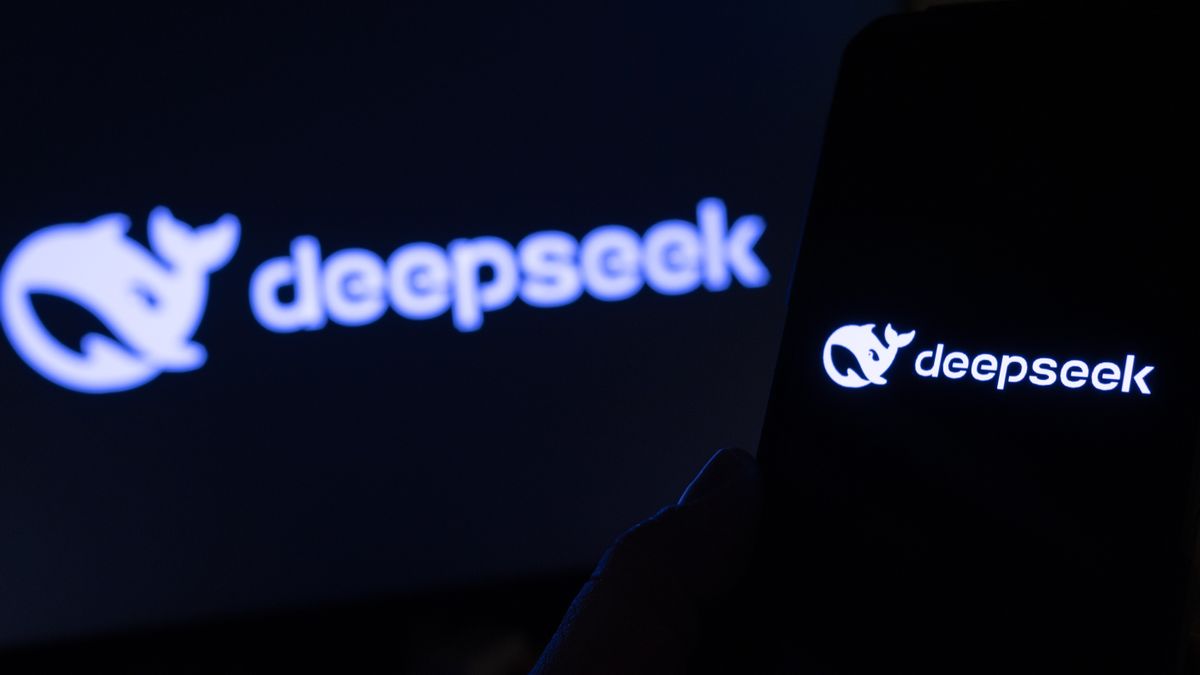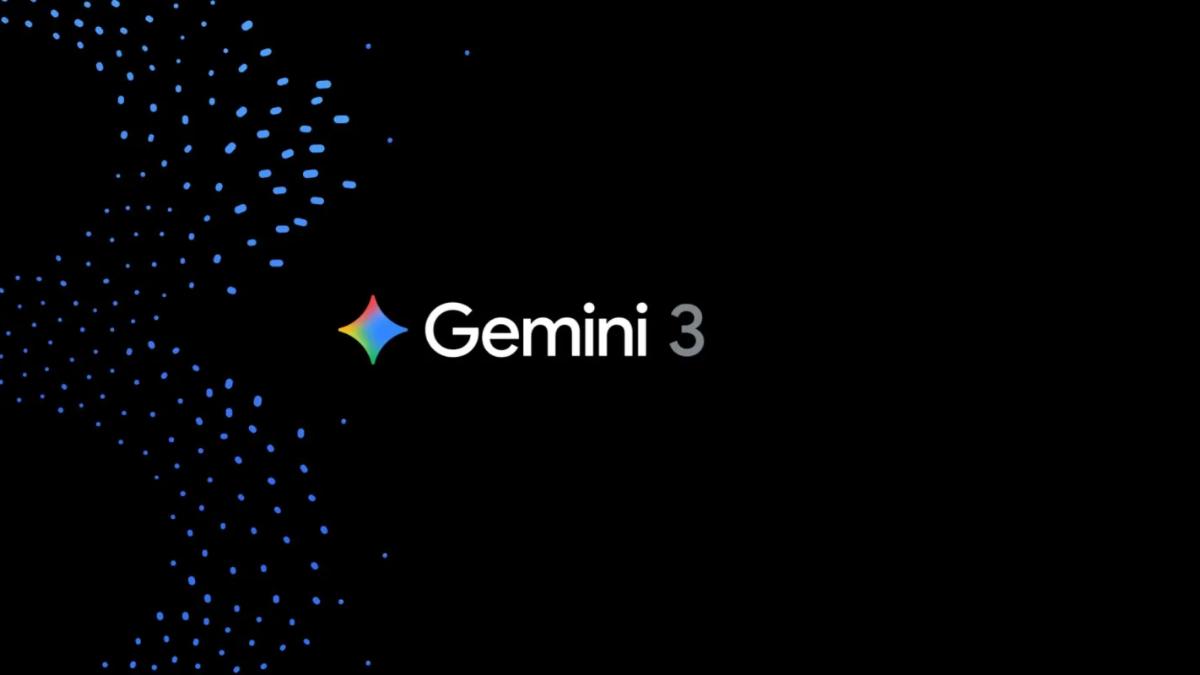OpenAI’s ChatGPT is more versatile than many realise, offering users unexpected access to its internal workings. However, security experts are questioning whether this transparency is a strength or a looming vulnerability.
Discovery Through Prompt Injection
Mozilla’s Marco Figueroa stumbled upon hidden aspects of ChatGPT while refactoring Python code. A surprising “directory not found” response led him to explore further with prompts mimicking Linux commands.
He discovered that ChatGPT runs on a containerized Debian Bookworm environment and that users could potentially view, upload, and manage files within its sandboxed setup.
This raised concerns about whether such capabilities were deliberate features or exploitable design flaws. OpenAI maintains that this behavior is intentional and confined within a secure sandbox.
Potential Risks of Data Exposure
While OpenAI ensures its system’s sandboxing protects broader infrastructure, Figueroa warns that the extent of information accessible via prompt injection could help attackers uncover zero-day vulnerabilities.
Even more concerning is the ability to extract ChatGPT’s internal instructions and foundational guidelines. This opens doors for bad actors to reverse-engineer safety protocols and create malicious prompts to bypass guardrails.
Custom GPTs: A Greater Risk?
Custom GPTs, designed for specific tasks like programming and research, might inadvertently expose sensitive organizational data if users leverage certain prompts. OpenAI advises developers to avoid uploading private information to GPT Builder, but the risks remain significant for less informed users.
Transparency or Threat?
OpenAI’s willingness to disclose ChatGPT’s behavior and rules could enhance user trust. However, it also raises critical questions about the platform’s security, particularly as malicious actors grow more sophisticated.
For everyday users, this serves as a reminder: be cautious about what data you share with AI systems, and understand the potential exposure risks.
As the debate continues, one thing is clear: AI transparency walks a delicate line between empowering users and enabling exploitation.













